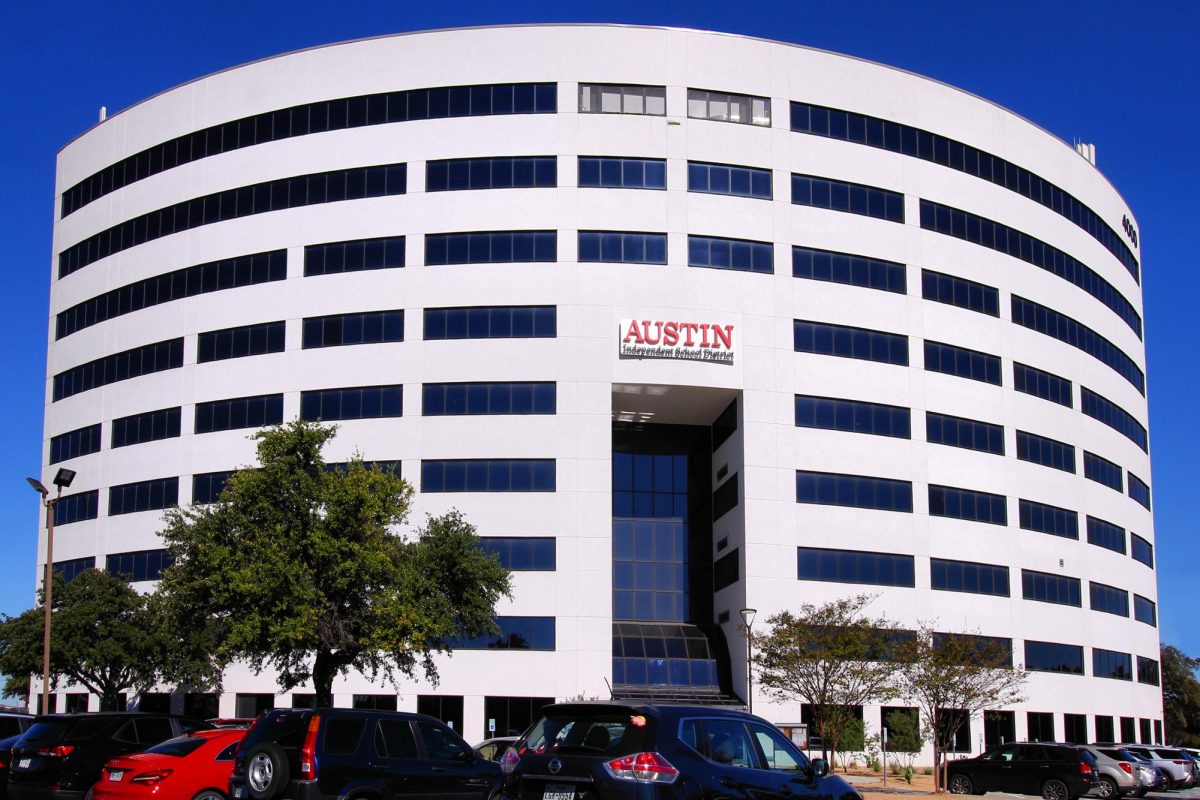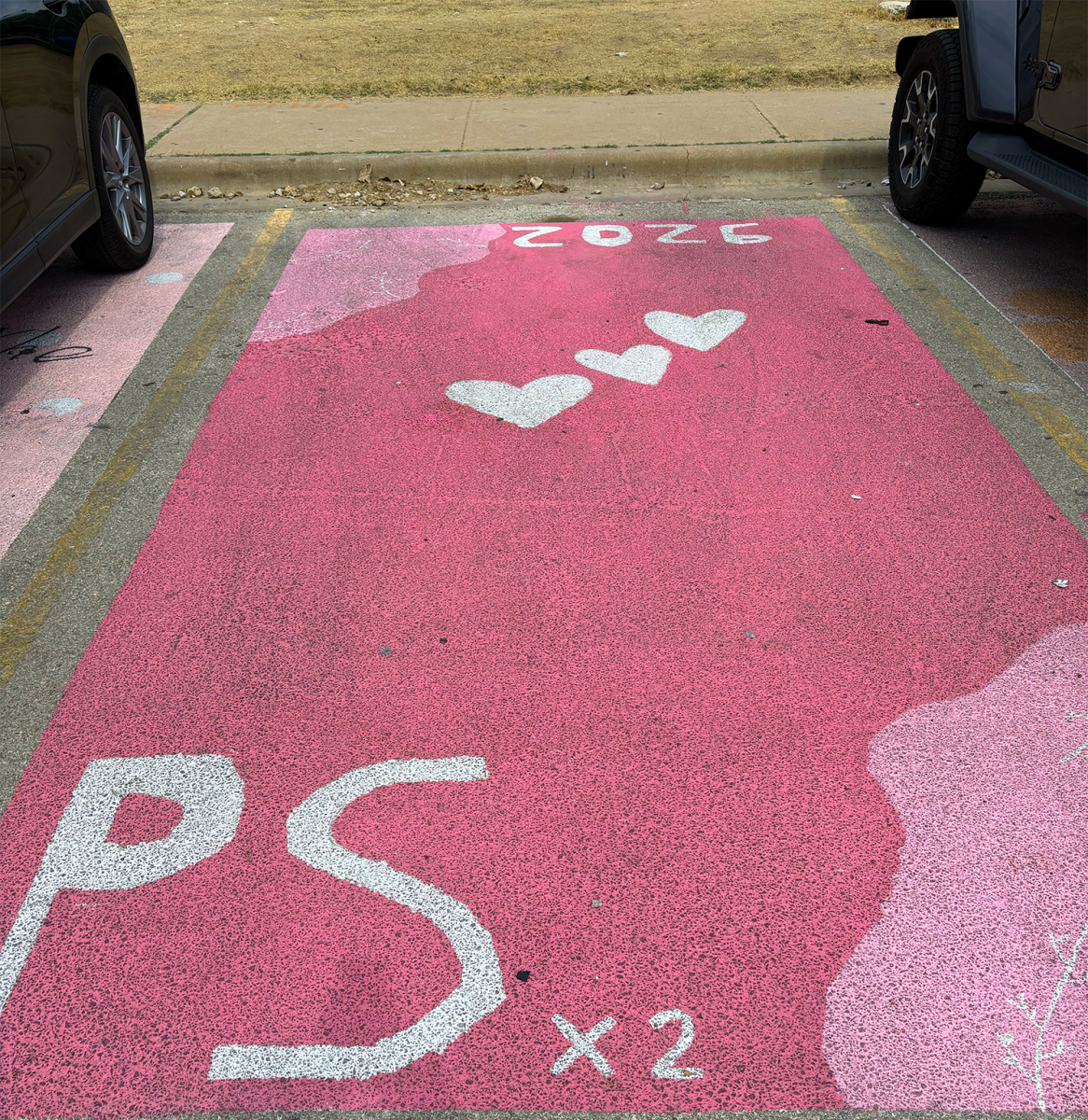The Austin Independent School District (AISD) has begun to reduce its excessive spending, but special education still faces issues with budgeting and effective student learning. AISD is hoping to reduce its staggering $52 million dollar deficit by half. AISD aims to complete this by the summer of 2024.
Earlier this October, AISD released its enroll- ment snapshot, featuring projections for the 2025 school year budget. AISD is cutting back on unnecessary spending and saving money for better expenditures and taxpayers. Matias Segura, the superintendent of AISD, claims there will be less overtime, superfluous con- tracts, and other redundant expenses. The district will closely monitor administrative costs, evaluate vacancies and payrolls, review contracts to ensure alignment with student performance and outcomes, analyze software usage for potential redundancy, control overtime costs, and explore revenue alternatives beyond state aid. The department budgets were also released, showing how internal money is spent for planning school operations. This reduction goes against the prediction of many, considering the district’s recent recapture payments. To fulfill this cutback, many schools will be forced to work with limited resources, and limited teachers working ex- tra. Teachers, however, should benefit from the change. Salaries are among the budget priorities for the district, and compensation should increase in the next year for many.
But how will these budget reductions affect Stephen F. Austin High School? The 2023 legislative session did not increase funding for public education
or teacher salaries. On top of that, relative funding per student decreased taking inflation into account. With less funding from AISD, various programs may be deemed unnecessary and be removed. Classes may get bigger, a reduction in unvital positions might accelerate, and teacher turnover may increase. Fundraisers for sports and art programs may become more frequent as well. However, many argue it is necessary to reduce the deficit for the benefit of the public and the state, as well as the taxpayers in the district.
Special Education needs to be provided with a sufficient budget to operate and educate their students. Eduardo Ramos, the chief financial officer for AISD, claimed that while the state and federal government provide around $93 million, the district has to spend over $166 million per year for special education. While the district hoped to raise the grade-level math rates for Special Education students from 14% to 25%, this lack of funding offers a reason why this failed to happen. This deficiency in test scores affects many students; however, the special education program is disproportionately affected year after year. Many of those not performing at grade level live in poverty, which is also a key factor in worse test scores.
While this huge reduction in yearly spending from Austin Independent School is great news for the district, many people are still hurt by underfunded programs necessary for quality education and on-pace learning. A virtual and in-person budget community session will happen between January and April, illustrating greater information on the future budget. The final budget will be adopted on June 20th, 2024, which will be followed by multiple budgetary reviews that work to keep us aligned with initiatives. AISD is projected to end the year with $28 million dollars in interest earnings, which they hope to increase to $31 million. Considering both increased teacher salaries and the re- capture system, the reduction was unforeseen by many. However, the reduction offers benefits and drawbacks for everyone involved, and could significantly alter Austin High School in the future.









